New satellite data analysis reveals that Mau Forest in Kenya, the largest montane forest in East Africa, is continuing to lose tree cover, likely due to illegal logging and agricultural expansion, despite efforts at protection.
The Mau Forest is vital as the country’s biggest water catchment area, covering some 2,700 square kilometers (1,042 square miles) in western Kenya, about twice the size of London or Las Angeles.
Forest monitoring groups report that approximately 25% of the forest was lost between 1984 and 2020 due to human pressures.
Mau Forest lost 19% of its tree cover, around 533 square kilometers (205 square miles), between 2001 and 2022, according to satellite data from the monitoring platform Global Forest Watch (GFW).
“Some people are cutting trees to survive. No one cares about how it’s affecting the community,” resident Daniel Koros told Mongabay last year.
He settled in the Olpusimoru Forest Reserve 45 years ago before it was designated a reserve.

Most deforestation in Mau is caused by agricultural expansion, using slash-and-burn methods to clear land for cattle and crops. Small-scale agricultural fires are common in the reserve and surrounding buffer zones. Fires contributed up to 14% of annual forest loss in the reserve between 2012 and 2017, according to research by geospatial data analyst Stefanie Mehlich.
Residents also selectively log valuable tree species such as pencil cedars. Despite evictions and replanting efforts, activities like logging and charcoal production continue.
Satellite data indicates that Olpusimoru Forest, a large reserve within the Mau complex, experienced 9% primary forest loss from 2011-2021. In 2018, the Kenya Forest Service evicted thousands of settlers from Olpusimoru in an attempt to protect the forest. However, fresh signs of tree cutting were found in the reserve in 2022, according to Mongabay reporter Keit Silale.
The Kenya Forest Service now patrols the Olpusimoru Reserve while allowing community use, but limited resources hamper enforcement. Illegal loggers allegedly still operate at night. Unclear boundaries between the public forest and the reserve also challenge enforcement.
“Forest loss was occasioned by unclear boundaries, change of forest dwellers’ livelihood and illegal logging,” Safari Opiyo, a senior KFS official, told Mongabay in 2022.
“The Mau Forest region is one of many examples, where protection status does not guarantee protection of the forest ecosystem, prevention of excessive resource extraction, or illegal human activity,” Mehlich writes.

Melich told Mongabay there is potential for using geospatial and satellite data for fire monitoring in forests, which can help locate new frontiers of agricultural expansion and illegal clearing.
Mountain forests capture and recycle water, so tree-cutting changes local climate patterns. With reduced rainfall and dried rivers, crop yields are declining.
“This area used to be very fertile, we had rain every season; but these days, rain only comes in specific months and only for a short time,” Koros said during an interview with Mongabay last year. “It is so unpredictable, thus affecting farmers.”
Deforestation reduces access to clean water, and community leader Collins Keter warned that continued degradation in the Mau Forest threatens biodiversity and water security for the millions dependent on the vital ecosystem.

“Mau forest is an important ecosystem, and continued degradation will affect millions of people who depend on it for water,” Keter said. “Our rich biodiversity is also at stake if this shrinking continues.”
This rich biodiversity includes the endangered African bush elephant (Loxodonta africana), the African golden cat (Caracal aurata), a shy, forest-dwelling antelope called the yellow-backed duiker (Cephalophus silvicultor), the side-striped jackal (Lupulella adusta) and the nocturnal bongo antelope (Tragelaphus eurycerus), as well as many other species of animals and rare, endemic plants like orchids. The region is classified as an Important Bird Area by Birdlife International for its rich and diverse bird communities.
A local NGO called Bamboo Junction runs tree nurseries and does outreach to counter poverty-driven deforestation, but says progress is hampered by clashes over resources between Maasai and Kipsigis communities, which have also damaged parts of the forest.
With its protection status not preventing damage, stronger enforcement and action are urgently needed to save the remaining Mau Forest, conservationists argue.
What you can do
Support ‘Fighting for Wildlife’ by donating as little as $1 – It only takes a minute. Thank you.
Fighting for Wildlife supports approved wildlife conservation organizations, which spend at least 80 percent of the money they raise on actual fieldwork, rather than administration and fundraising. When making a donation you can designate for which type of initiative it should be used – wildlife, oceans, forests or climate.
This article by Liz Kimbrough was first published by Mongabay.com on 7 November 2023. Lead Image: African bush elephant family in Kenya by Benh LIEU SONG via Wikimedia (CC BY-SA 2.0).

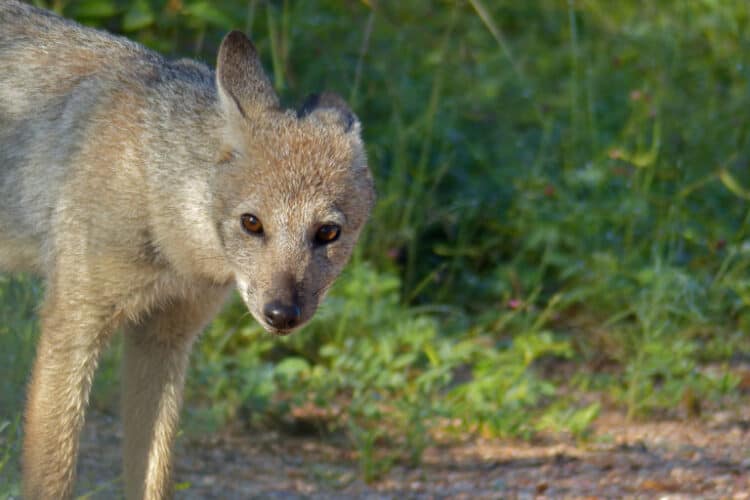
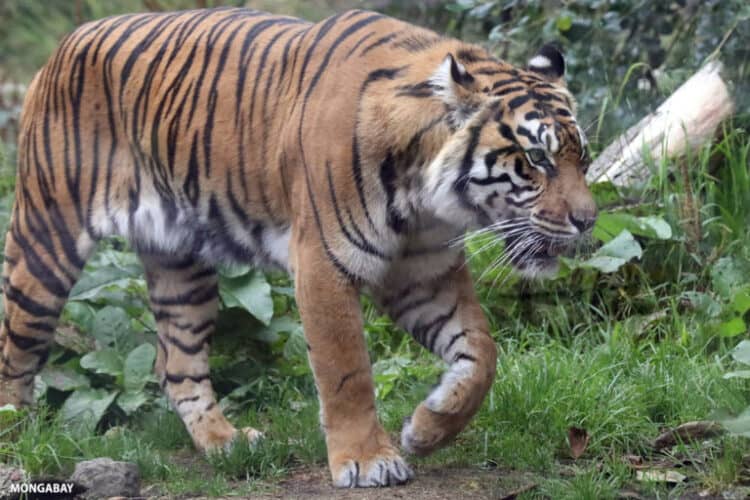

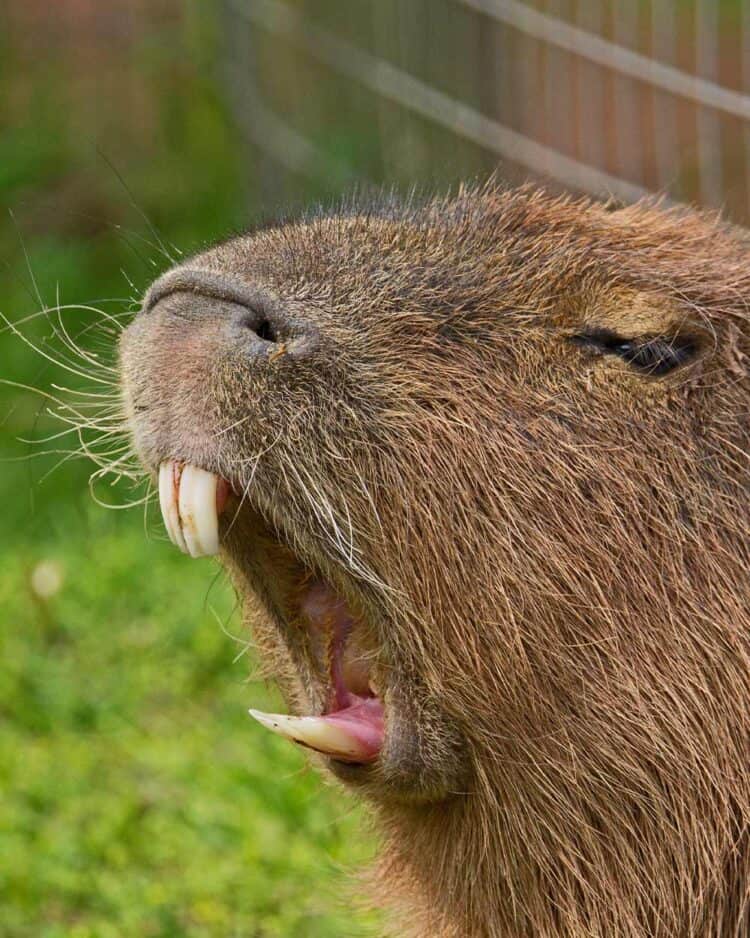
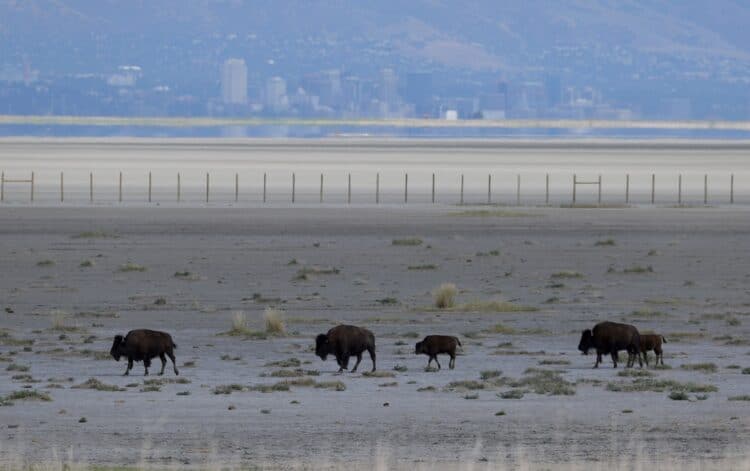
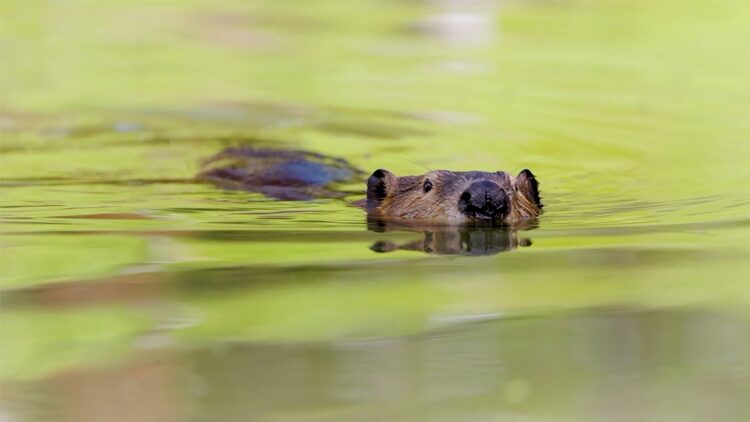
Leave a Reply